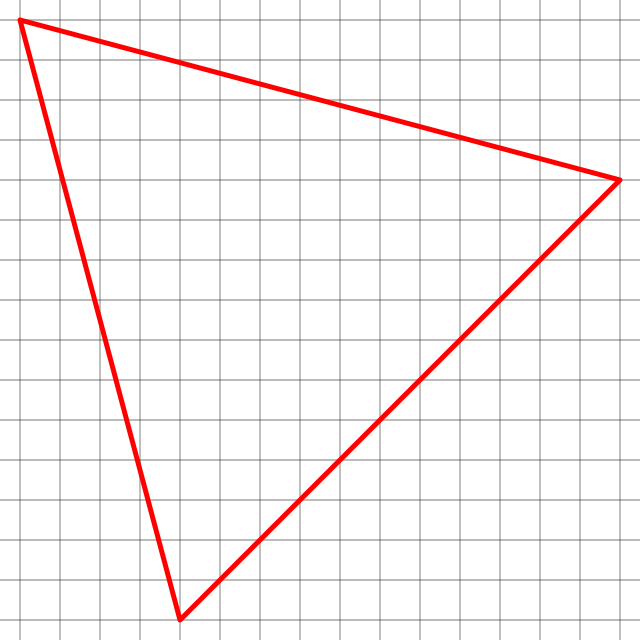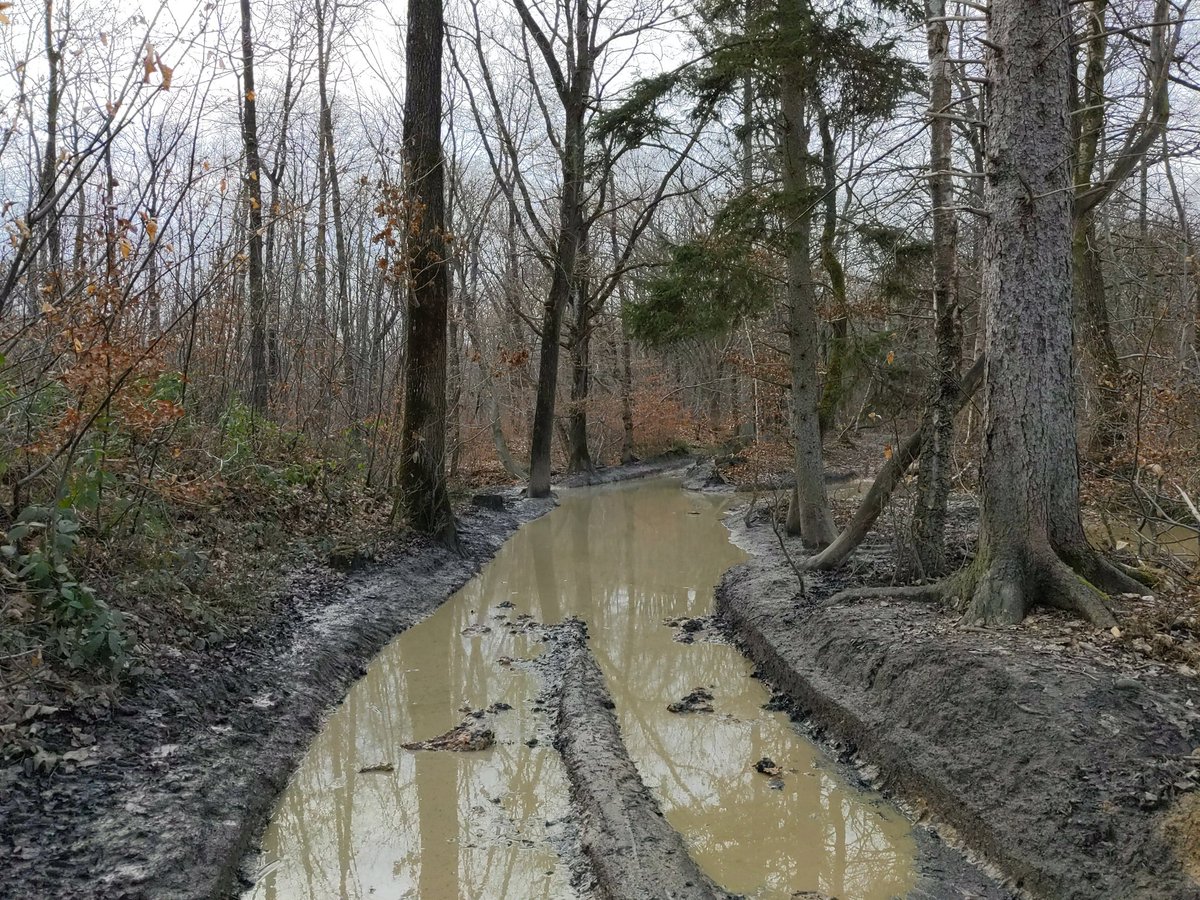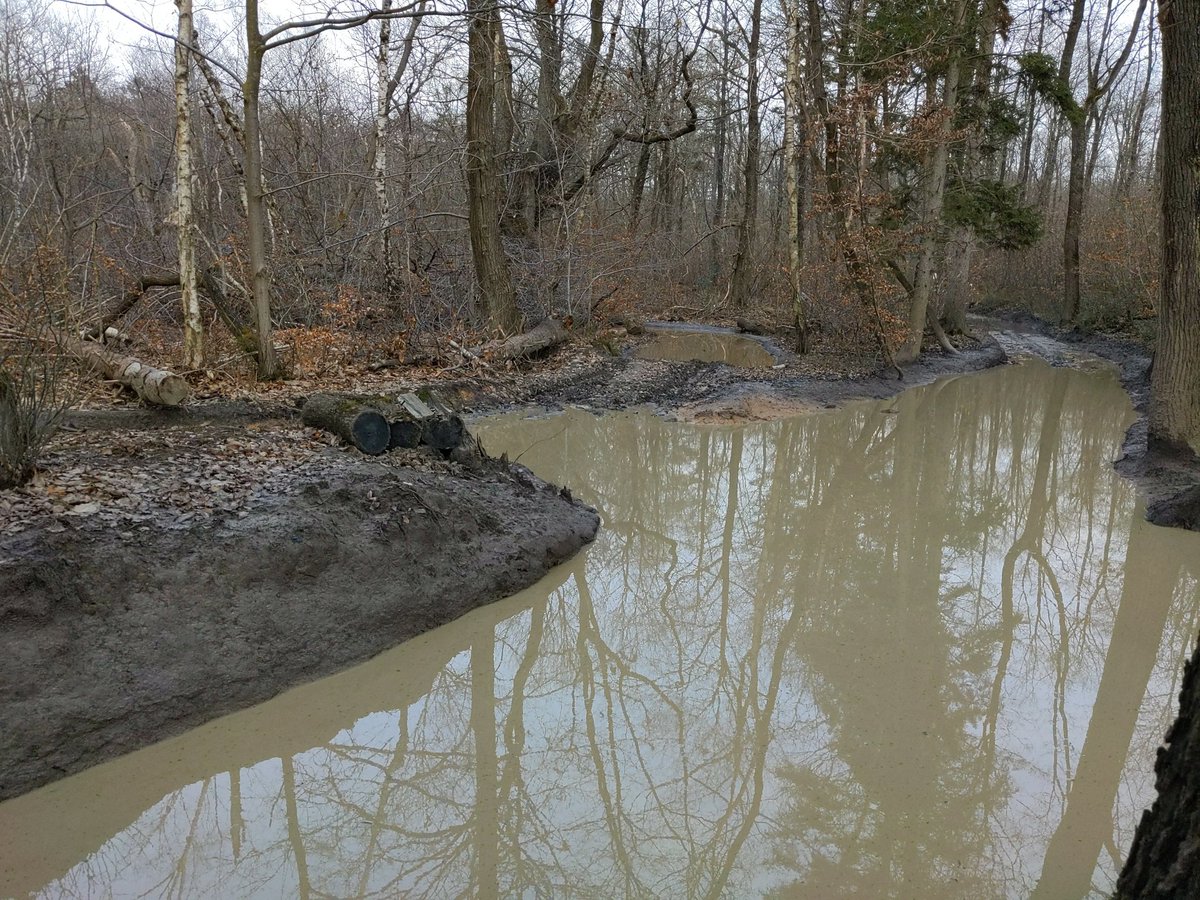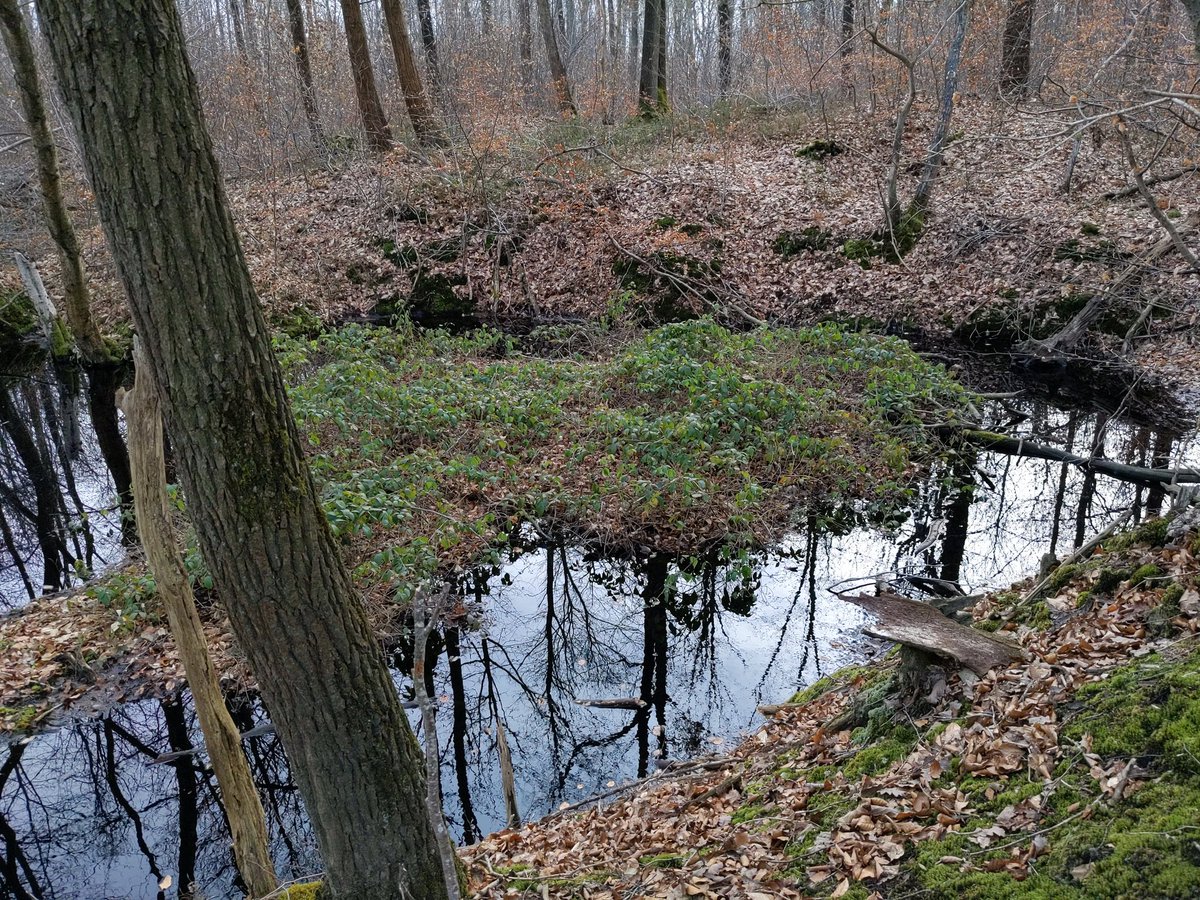
I just received this spam:
«
Dear David A. Madore,
We’d like to inform you that [redacted dot com], a leading academic platform for researchers, has just released the 2022 Edition of our Ranking of Top 1000 Scientists in the field of Mathematics.
«
Dear David A. Madore,
We’d like to inform you that [redacted dot com], a leading academic platform for researchers, has just released the 2022 Edition of our Ranking of Top 1000 Scientists in the field of Mathematics.
The ranking is based on the H-index metric provided by Microsoft Academic and includes only leading scientists with an H-index of at least 30 for academic publications made in the area of Mathematics.
The full world ranking is available here: [redacted URL]
The full world ranking is available here: [redacted URL]
The annual release of our ranking is regularly featured by leading universities worldwide, including the University of Maryland, Stanford Robotics Lab, or the University of Texas, and it is a great opportunity to explore where leading experts are heading.
If you’d like to share or discuss the ranking with your colleagues or scientific community, feel free to distribute and publicize it in any way you see fit.
With Best Regards,
Imed Bourchrika, PhD
[redacted dot com]
»
With Best Regards,
Imed Bourchrika, PhD
[redacted dot com]
»
Yes, I would very much like to discuss and publicize the fact that I am receiving such spam, encouraging the hateful practice of bibliometrics, at an email address I only used to sign academic papers. And the “way I see fit” is by telling you publicly to f🤬ck off.
• • •
Missing some Tweet in this thread? You can try to
force a refresh









